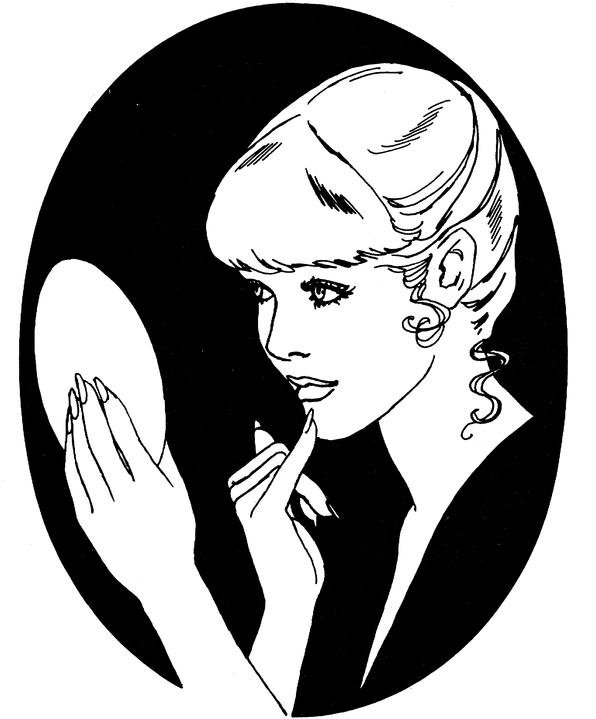Abstract
This activity involves walking students through an abridged history of sexuality categories and measurements, using their own sexual identities as examples. Freud, Kinsey, and Klein are discussed as all measuring sexuality in different ways, and thus collecting different data and reaching different conclusions. As sexuality measures change throughout the...Download this resource to see full details. Download this resource to see full details.
Details
- Subject Area(s):
- Sexualities
- Resource Type(s):
- Class Activity
- Class Level(s):
- Any Level
- Class Size(s):
- Any
Usage Notes
This activity must be introduced at least one class period in advance, to give student the opportunity to avoid outing themselves in class; it also relies on two readings (which must be assigned in advance) and a printout. It is a very effective way to introduce queer theory and deconstructionism, which can be explored in more detail in later readings.Download this resource to see full details. Download this resource to see full details.
Learning Goals and Assessments
Learning Goal(s):
- To break down ideas of heterosexuality and homosexuality as monolithic identities that are immutable through time, and instead show how these categories are socially constructed, and how personal identities are shaped by them.
- To understand the progression of sexuality categories and measures through the last century, and the effects of these measures on knowledge about sexuality.
- To introduce queer theory as, in part, a critique of categorization systems that constrain identity choices.
Goal Assessment(s):
- As this is a quick and basic in-class activity, student learning is assessed through visible student understanding and vocal response during in-class activity. Possible questions for later written responses are included.
- Explain Freud’s model of sexuality. What are some of the problems with Freud’s conceptualization, and how were they improved upon by later researchers? Do the same with Kinsey’s model; do the same with Klein’s model.
- • Describe the process by which scientific knowledge is advanced.• How do cultural categories change over time? How do they impact individual identity?• What is meant by "queer critique" in sociology?
When using resources from TRAILS, please include a clear and legible citation.


